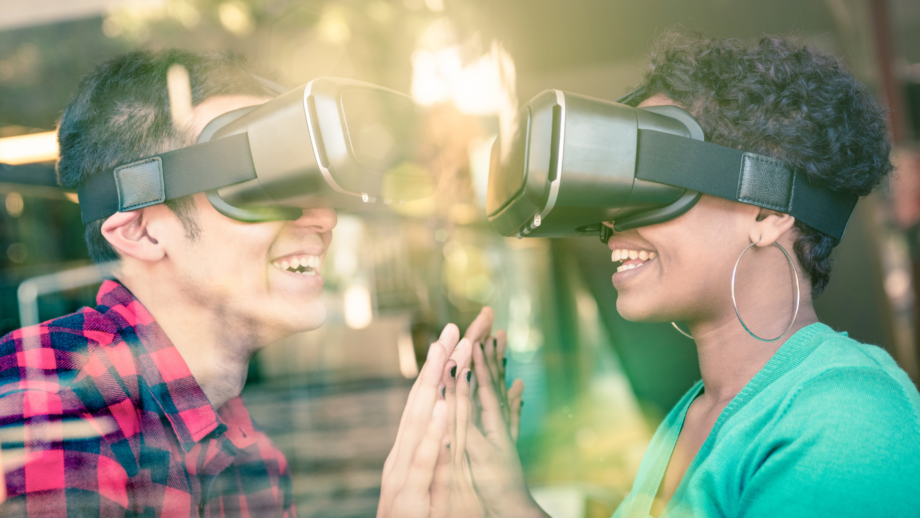Despite our desire to believe that we are progressively overcoming racial discrimination, the latest world events show that racism is in fact a problem that still runs through our existence and our time.
The nightmare of racial discrimination has become all too familiar in the age of Black Lives Matter but results of university studying such as Harvard University’s Implicit Association Test demonstrating the preference of most white people for white faces, show how much we still unconscious biased in such terms.
For years communities, politics, influential persons, scientists, and socio-political groups have been working together to combat racial discrimination in all its forms. But what happens if the answer may be found in technology? And specifically in Virtual Reality -VR- applications?
Interactive and immersive VR, is able to suspend disbelief and fully immerse people in a new environment, temporarily letting go of their real-world surroundings in favour of virtual ones where you can transform audiences in everyone else, providing them with different point of views and perspectives on the problem. Perspective-taking thus becomes the key since it inspires empathy and understanding in people of different social groups, as well as enhancing social learning and powering memory. This method of immersion, which directly targets a person’s beliefs, may prove to be a huge step towards eliminating racism discrimination since it’s entirely different to experience a racial trauma first-hand. And this is exactly what VR does in this sense.
Independent researchers and Universities are investigating more and more the relationship between technologies and social learning in favour of changes in society for good. Among these researched there are obviously also those who address the issue of racial discrimination as ICREA Researcher Mel Slater, from the Institute of Neurosciences at the University of Barcelona, that had led a group of researchers to further explore the full influence of immersive VR technology on a person’s unconscious behaviour towards other races.
Participants in the study were virtually assigned a new race. In essence, they were given a new body in place of the one they had before. They were then asked to interact with another woman in an artificial social setting. The 32 white women were given either a black virtual body or a white one and were asked to interact with another virtual woman in a social setting.
At the conclusion of the study, all participants were asked to take an implicit association test, which determines how much implicit racial bias a person has. When compared to those who remained in a white avatar, those who were placed in a black virtual body had a lower implicit racial bias score.
Another researcher working on the issue is Courtney Cogburn, assistant professor at Columbia’s School of Social Work, that together with Jeremy Bailenson, a cognitive psychologist at Stanford, created a 12-minute VR film, 1000 Cut Journey, that allows others to experience the impact of racism on African Americans today, following a fictional African American man through his childhood, adolescence, and adulthood as he encounters racism.
Finally, a University of Arizona researcher is embarking on a new project that uses VR and AR to re-create common experiences of racism and discrimination with the aim of transforming an old idiom “to walk a mile in someone else’s shoes” into an experiential exercise. The research will lead a pilot project titled Anti-Racism Extended Reality Studio, or UA-ARXRS, to test the capacity of immersive and interactive Extended Reality -XR- tools, including volumetric video capture, VR and digital narrative.
The study will show once again how immersive technology may be the answer and the tool for reframing discussions as more honest, concrete, and productive around the topic of racial discrimination, leading to establishing a social change, towards increasingly inclusive communities.


